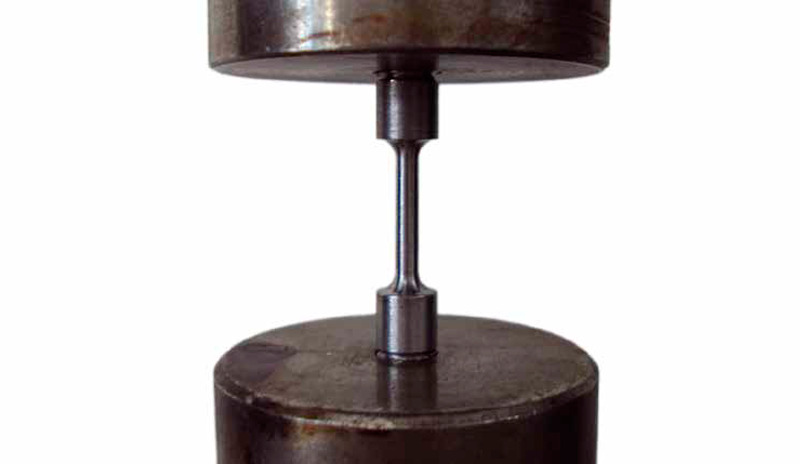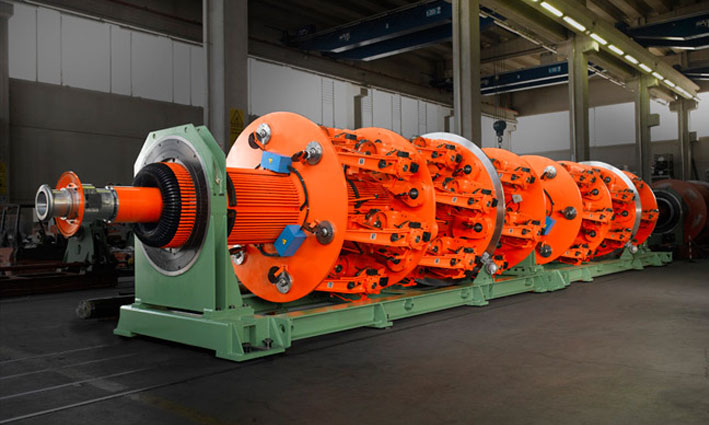The Arvedi Group approached the University of Trieste to find a solution to the uneven distribution of material inside the hopper of their blast furnace in Trieste, Italy.
The university’s Mechanical Engineering Department studied the problem and used modeFRONTIER to optimize the design of a new deflector ensuring better material distribution.
Leveraging ESTECO’s integration and process automation technology, they coupled modeFRONTIER with Rocky DEM software to accelerate the simulation process of the material distribution. Using the proprietary algorithms available in modeFRONTIER, they were also able to find the optimal design for a new deflector.
Read the article
CASE STUDY
Material models used in structural finite element analysis (FEA) are often one of the key aspects that engineers need to describe very accurately.
optimization modefrontier ls-dyna

CASE STUDY
Stranding and closing planetary machines are huge pieces of equipment designed to twist multiple heavy spools of strand at noticeable speed, to manufacture large section steel ropes.
recurdyn multibody mechanics